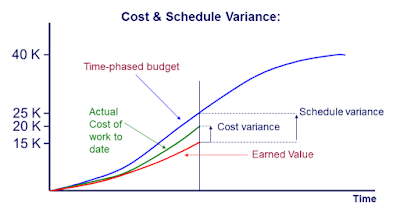"Beowulf," the epic Old English poem, is not just a gripping tale of heroism but also a source of valuable lessons for leaders in any era. As we delve into the world of warriors and monsters, we discover timeless principles of leadership that resonate across cultures and centuries.
1. Courage in the Face of Adversity
Beowulf, the protagonist, exemplifies unparalleled courage. Leaders, too, must confront challenges head-on. Whether it's navigating a turbulent business environment or leading a team through adversity, courage is the cornerstone of effective leadership. Beowulf teaches us that true leaders do not shy away from daunting tasks; they embrace them.
2. Lead by Example
Beowulf doesn't just give orders; he leads from the front. His willingness to take on the monstrous Grendel and later, the dragon, showcases the importance of leading by example. Effective leaders inspire their teams through action, setting the standard for hard work, dedication, and bravery.
3. Value Loyalty and Build Strong Alliances
Beowulf's success is not a solo endeavor. He builds alliances and surrounds himself with loyal warriors. Leaders, too, must recognize the value of teamwork and loyalty. Cultivating strong relationships within a team fosters a sense of unity and ensures that everyone is working towards a common goal.
4. Integrity and Honor
Beowulf is a symbol of integrity and honor. Leaders must uphold ethical standards and maintain a sense of honor in their actions. Building trust among team members and stakeholders is essential for long-term success. Beowulf's commitment to his word and his people underscores the importance of integrity in leadership.
5. Humility in Victory
Despite his remarkable achievements, Beowulf remains humble. Leaders, too, should exhibit humility in the face of success. Acknowledging the contributions of the team and recognizing that success is a collective effort fosters a positive and collaborative working environment.
6. Adaptability and Learning from Failure
Beowulf faces defeats and losses but learns from them. Leaders, too, must be adaptable and view failures as opportunities for growth. Being open to learning from mistakes and adjusting strategies is a hallmark of effective leadership.
7. Balancing Confidence and Prudence
Beowulf's confidence is evident, but it is tempered with prudence. Leaders should strike a balance between confidence and careful decision-making. Overconfidence can lead to recklessness, while excessive caution can stifle progress. Beowulf's measured approach in facing challenges highlights the importance of finding this delicate balance.
In the tapestry of leadership, "Beowulf" weaves a narrative rich with lessons that transcend time and culture. Whether leading a team into battle or navigating the complexities of the modern business world, the epic hero's principles of courage, integrity, and humility serve as guiding beacons for leaders on their own heroic journeys.





